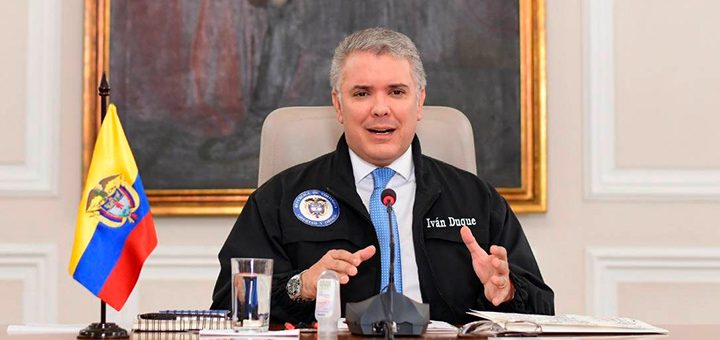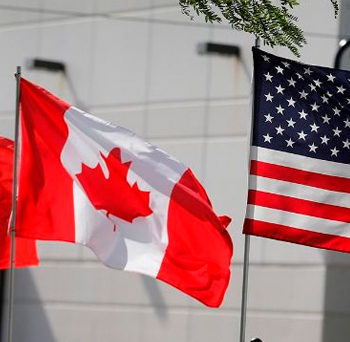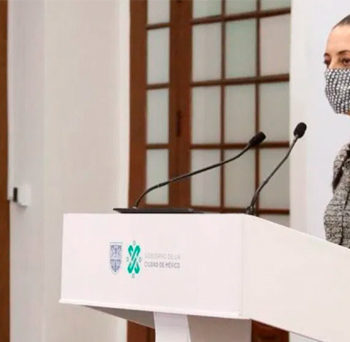
The Colombian government has decided to extend the stay at home order
- Posted by Colombia
- On Wednesday July 22nd, 2020
- 0 Comments
The Colombian government has decided to extend the stay at home order*[1] until the first of August, with some important modifications to support the reopening of the economy and their citizen’s quality of life.
The new government decree (No. 990 of July 9, 2020) contains 44 exceptions, applicable during the next 15 days of the stay at home order. These exceptions allow the movement of citizens, including adults over 70 to be able to go outside and exercise for 2 hours a day.
Third day without taxi s cancelled: The day without tax was cancelled due to the COVID. The new date will be confirmed soon.
Colleges and Universities. Each city’s minster of health, minister of education and secretary of health is reviewing the most appropriate way to reopen classes in the fall in their respective cities. The possible includes include alternating between virtual and face-to-face classes or virtual classes through December.
Bogotá is entered the “yellow phase” during July and August. Between July 13th and August 24th, a strict stay at home order will be implemented by localities in a staggered manner, that is, the isolation will be done by parts according to the level of contagions that each sector of the city has. During the “yellow phase”, you can only leave if you are part of the following five excepted activities: health, supplies, security, public order, care or force majeure. Private construction, industry operations and trade in non-basic supply goods will be suspended.
This measure aims to reduce the speed of contagion and the circulation of citizens in Bogotá because between six and seven million people a day are moving around because of the economic reopening. In addition to this, the private sector was asked to keep 70% or 80% of its workforce working from home in July and August.
Other cities that could enter a yellow alert. After Bogota, the four Colombian cities in order with the highest number of infections, regardless of the number of inhabitants, are: Barranquilla, Cartagena, Cali and Medellín. To mitigate the speed of contagion, the mayors of these cities have decreed measures such as the “Pico y Cedula” (entrance to supermarkets, banks, etc. Is limited on certain days according to the last digit of your government identification number) and especially on weekends and holidays have been implementing the “Toque de Queda” (a curfew prohibiting citizens from being in public places after a certain time, except for exceptions of necessity or urgency) and the “Ley Seca” (prohibition and restriction on the sale and consumption of alcoholic beverages).
[1] Colombia first issued the stay at home on March 24 of this year as part of the measures implemented by the national government in the midst of the health crisis caused by Covid-19. This measure limits the free movement of people and vehicles in the national territory, with exceptions that seek to guarantee the right to life, health and survival of the country’s inhabitants.




0 Comments